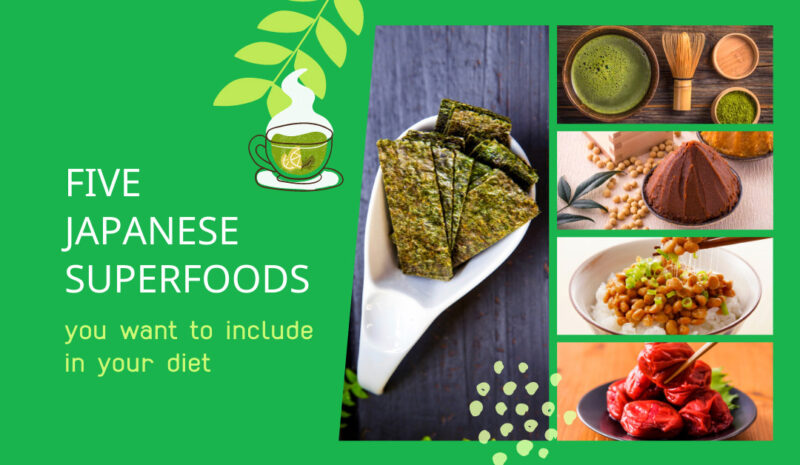Five Japanese superfoods you want to include in your diet
Jun 04, 2021
Japan is known as one of the healthiest countries in the world, and the country has higher life expectancy and lower obesity rates compared to other countries. The Japanese cuisine is also considered as one of the healthiest cuisines in the world, as it mainly uses fresh vegetables, fish, fermented foods, and soy products. In this feature, we introduce some of Japanese superfoods to include in your diet.
About Japanese Superfoods
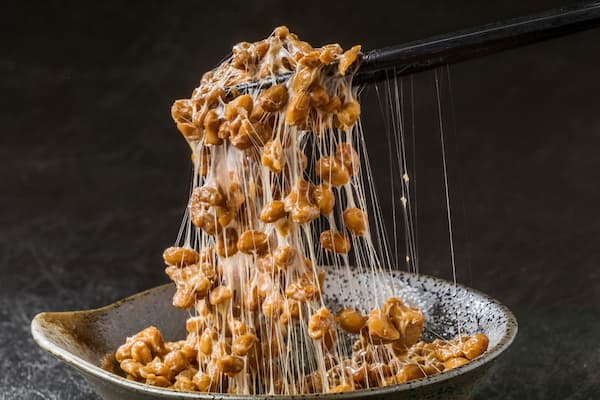
Superfood is a name given to a food that is known to be particularly healthy as it has powerful nutritional punch like antioxidants, vitamins, minerals, fiber, and probiotics. Superfoods will boost your immune and improve your gut health, and Japanese superfoods, which have been consumed by the locals for over millennia, are known for being healthy and delicious.
Index
1. Matcha
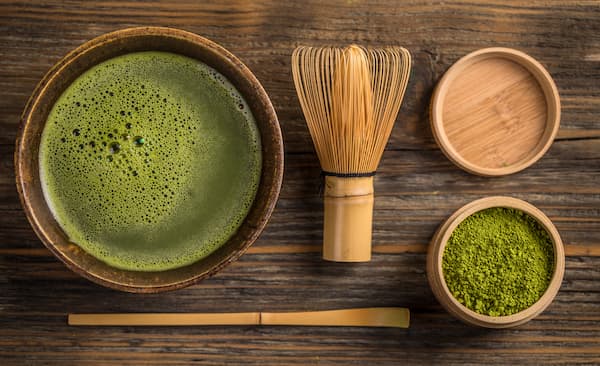
Matcha was first introduced from China to Japan by a Japanese Buddhist monk in 1191. Unlike other green tea powder, matcha is made from whole, high quality green tea leaves, which are de-stemmed and ground down to a powder. Matcha is known for having high antioxidants and high concentrations of magnesium, zinc, vitamin C, and selenium.
These days, you can find matcha in a lot of different forms, including drinks, desserts, candies, and baked goods, but the healthiest way to enjoy matcha is by mixing it with water only.
2. Miso
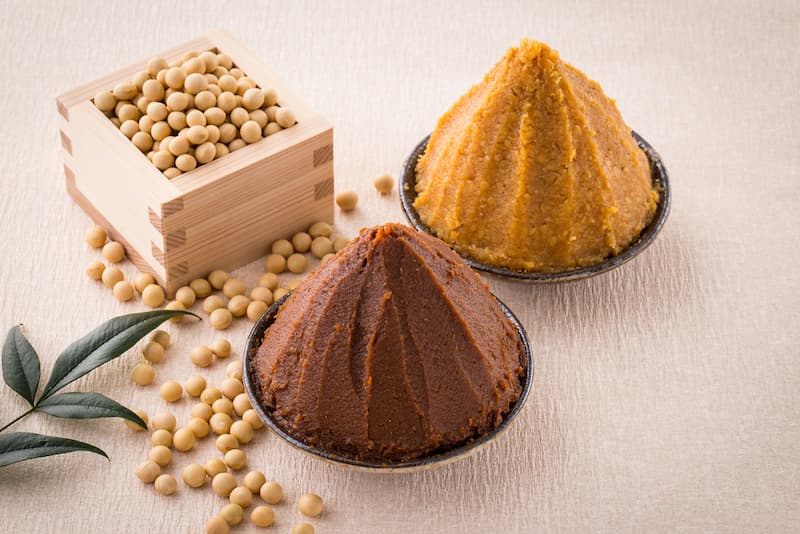
Miso is one of the staples in Japanese food flavoring. It’s a fermented soybean paste, and it was a luxury ingredient due to its availability back then.
Miso comes in a few different types, which depends on its fermentation duration and secondary ingredients. The white miso, or shiro miso, is the basic type of miso, which is fermented for longer than two months. The yellow miso, or shinsu, is fermented slightly longer than the white miso, and has a mild taste. The red miso, or aka miso, is fermented for up to three years and has a saltier, and a deeper taste that overpowers other flavors.
Miso is packed with protein, vitamin B-complex, vitamin E, vitamin K, niacin, folic acid, and other minerals like sodium, calcium, magnesium, and iodine. You can enjoy miso as miso soup, or miso shiru, before you eat your main course.
3. Seaweed (Kaiso)
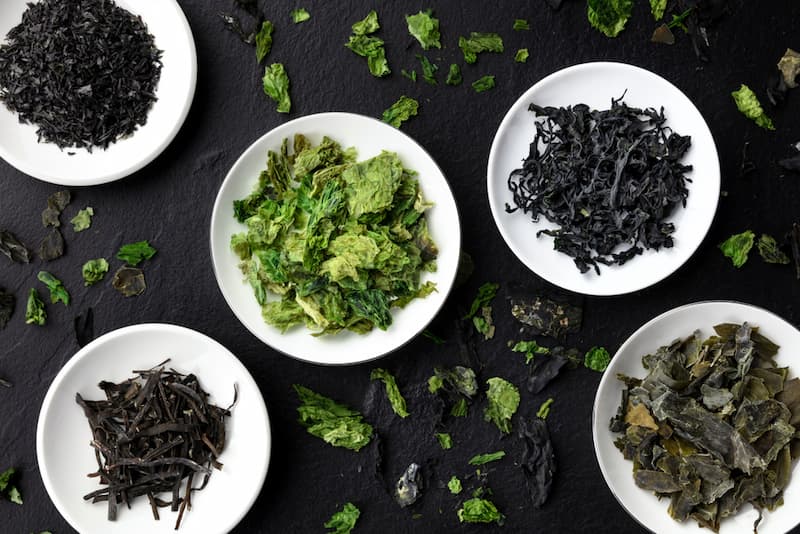
One of the most famous superfoods in Japan is seaweed, or kaiso. Just like spirulina, a popular western superfood which is also a seaweed.
Kaiso is also known for its exceptional health benefits. There are several different types of seaweed in Japan, including kombu (kelp), wakame (seaweed), hijiki (black seaweed), and nori (dried seaweed).
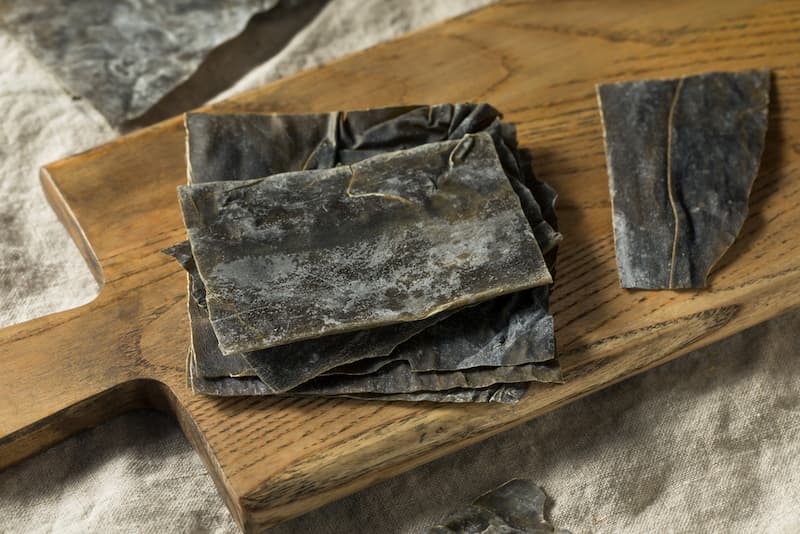
Kombu is a hard dried seaweed, which is mainly used for making dashi, or broth.

Wakame is usually seen in miso soup, salads, or vinegar-based side dishes.
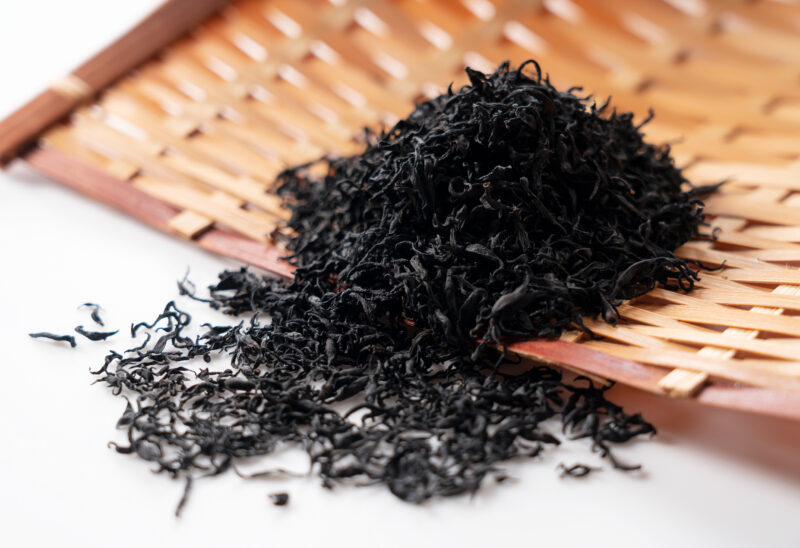
Hijiki is a black seaweed with a mild tasting that somehow looks like dried tea leaves briefly.

Nori, is perhaps the types of seaweed most known to Westerners, is a dried seaweed that you can snack on, or use to wrap an onigiri rice ball or sushi roll. Japanese seaweed is packed with many important nutrients including vitamin A, vitamin C, vitamin E, vitamin B-complex, and minerals like calcium, potassium, and iron.
4. Natto
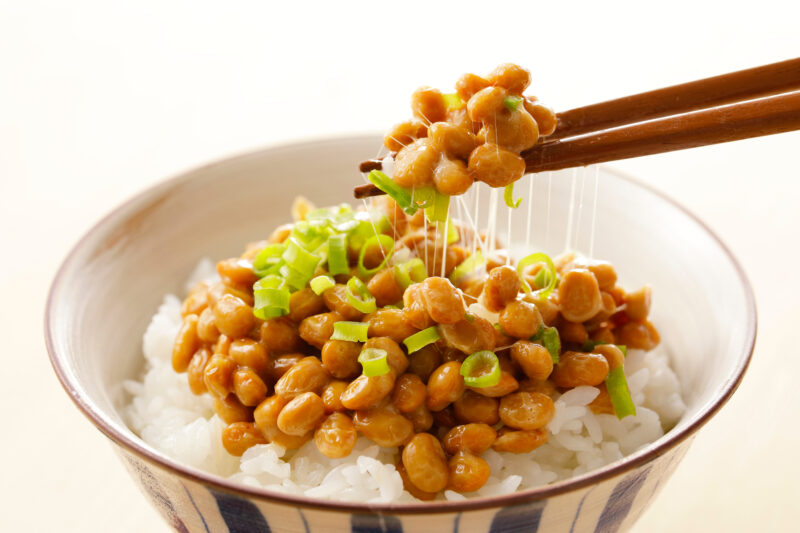
If you’ve been to Japan for several times, you might have heard of Natto, the fermented soybeans known for its strong odor and slimy, stringy texture. Natto is usually eaten with rice and topped with spring onions and soy sauce.
It’s a rich source of protein, and it contains nattokinase, an enzyme that thins the blood and improves blood flow, making it a great diet choice to prevent blood clots, hypertension, strokes, and heart attack. Natto is also an excellent source of vitamin K2, an important nutrient for bone health.
Although it is known as one of the best superfoods of Japan, natto is not for everyone, as some Japanese don’t eat natto because they’re not fond of its strong odor and unique texture.
5. Umeboshi
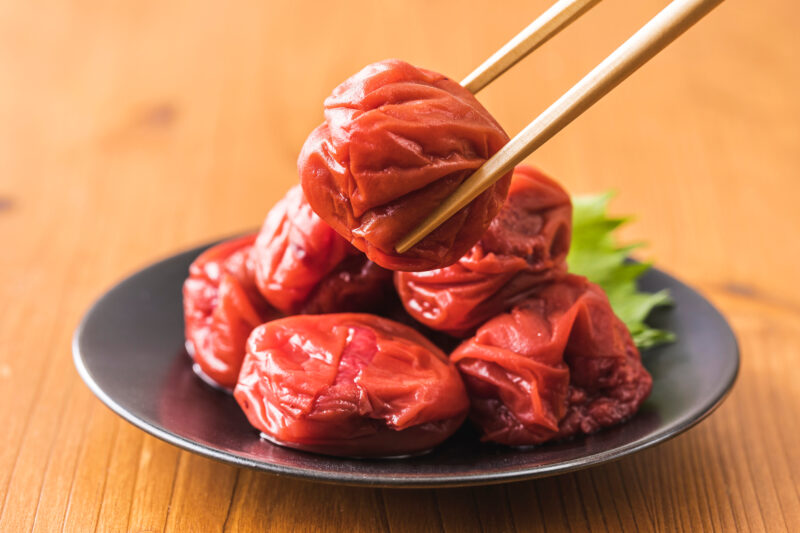
Umeboshi are salted pickled plums and they are known for their health benefits. It can be considered as one of the oldest superfoods of Japan, with a history dates back as far as the Heian Period (794-1185), when Japanese took it as medicines.
Umeboshi boosts your immune system and energy, and its polyphenols reduce the risk of diabetes and lower blood pressure. Umeboshi are salty and sour, and one of the best ways to enjoy umeboshi is eating them as onigiri rice balls.
